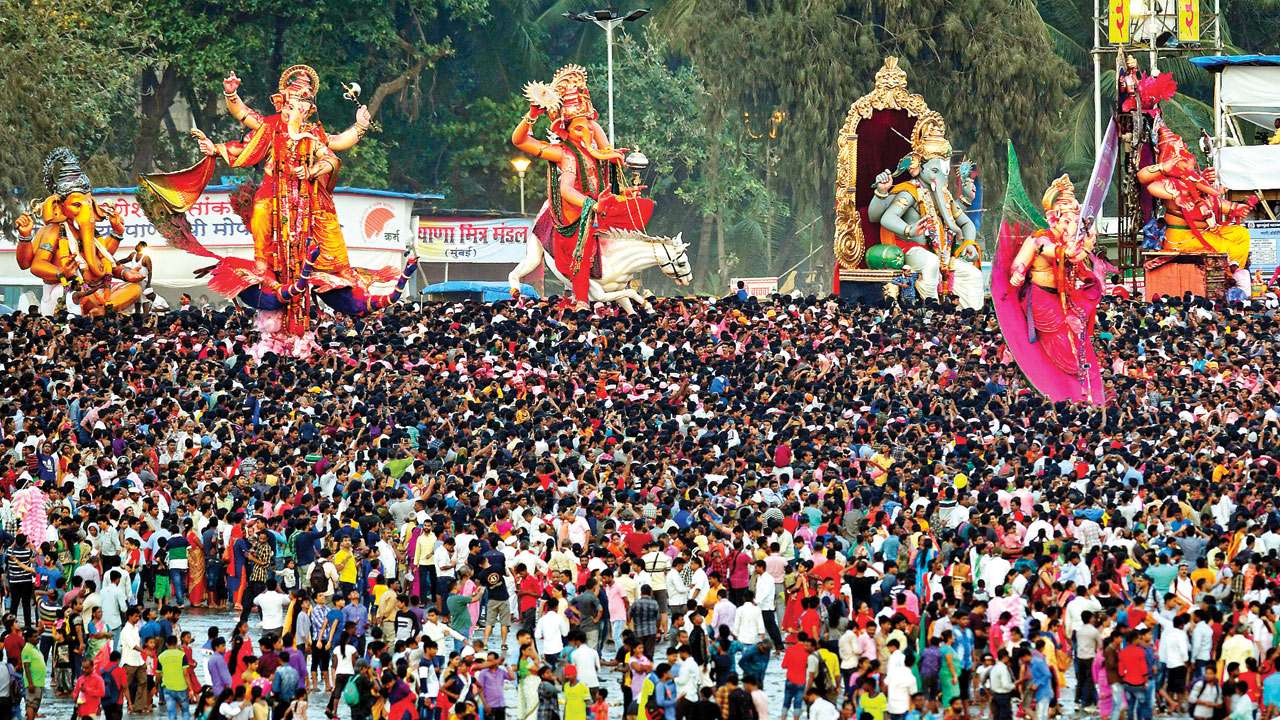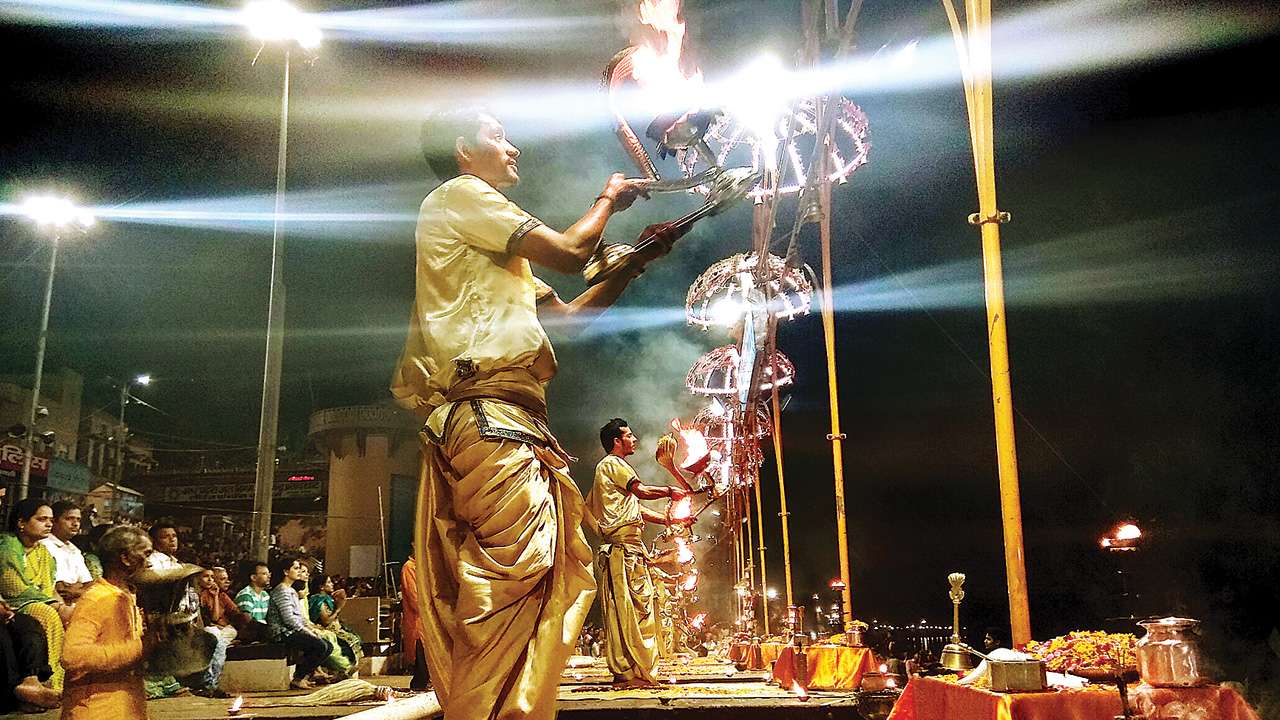Reading 1919 in 2019
What does it mean to be in politics? Weber asked this question — its answer lies in questions that find an echo today

Exactly one hundred years ago, Max Weber published what curiously still remains one of the few ruminations that touch on the subject: ‘Politics as a Vocation’. Though published in July 1919, the lecture was delivered in January to Free Students Union at the University of Munich, against the backdrop of immense political upheaval: Germany’s defeat in World War I, the spectre of Bolshevism, political assassinations and deep scepticism about parliamentary democracy. This was a companion piece to Weber’s famous essay, ‘Science as a Vocation’. Both essays had a common thread: What does it mean to invest a vocation with meaning in an age characterised by disenchantment and rationalisation? What does it mean to take “politics” or “science” both as a profession and as something deeper, a calling? What ethical commitments and character traits do they draw upon?
The lecture is a typical Weber performance that manages to combine clarity, ambivalence and disillusionment all at once. He begins by telling his audience that the lecture “will necessarily disappoint you.” But the sense in which he is about to “disappoint” has various dimensions. Those coming to look for instructions were going to be disappointed. Instead of instruction, what Weber offers is thinking: Thinking about how politics functions as a human activity. In formal terms, it is an autonomous domain in its own right that cannot be reduced either to pure ethics or purely the necessity of economic interest.
Its specificity comes from the fact that it can never avoid the question of power and violence. In the course of delineating the specific nature of politics, and the circumstances under which it functions, Weber invents many of the categories of modern political sociology, including the definition of the state as the institution that strives to monopolise the means of legitimate violence. He, then, in typical fashion, delineates the various forms of political authority: Traditional, rational, legal and charismatic; the ambiguities of politics in an era of parties and patronage; the infirmities of parliamentarianism and so on. This consideration of the circumstances under which politics operates was meant to be a bath of sociological cold water over the hot romanticism of politics.
But Weber was offering a disappointment also in a deeper sense, one that gives the lecture its unique pathos. For one, Weber seeks to use Karl Lowith’s description, “tear down all veils from desirable objects.” He stands against revolution, a form of politics blind to the immorality of means, and to the self-defeating nature of the political project. He stands against pacifism for making war more likely. Both the revolutionary and the pacifist have a hyper moralism in common. The revolutionary is guilty of two aspects of moralism: That the ends can justify any means, and he operates on the delusion that the world can and ought to exactly mirror one ideal. The pacifist is a hyper moralist in the reverse direction: A moralism that pays no heed to consequences. Then there are the typical tensions Weber has to navigate. Weber is a thoroughgoing value pluralist, who nevertheless has to explain how we can, in a world of diverse values, act as if ours actually mattered.
Weber is frustrated with social democrats, assorted parliamentarians and centrists, for their indecision and pettiness. He is a thorough nationalist, one of the early ones to see it as an ideology that confers meaning in a disenchanted world in a way that is unrivalled. But he also sees how delusional nationalism can become. He is an ambivalent liberal, who sees how anaemic it can become in some circumstances, to almost invite charismatic disruption. He sees the psychological attractions of demagoguery; but is also the most prescient about its dangers. “The mere ‘power politician’, a type whom an energetically promoted cult is seeking to glorify here in Germany as elsewhere, may give the impression of strength, but in fact his actions merely lead into emptiness and absurdity.” He describes the ideal politician as combining passion, responsibility and judgement; yet, at the same time, no one recognises the internal tensions between the three qualities more acutely than Weber.
But there is an even deeper “disappointment” in the essay. For his immediate audience, of course, he offers no consolation, “not the flowering of summer but a polar night of icy darkness and hardness.” The power of the essay a hundred years later is in conveying the sense in which the ordinary political agent can feel a sense of suffocation. Politics can often oscillate between the routine power grabs of patronage politics on the one hand, or the romantic delusions on the other. It can oscillate between the expectation that it attends to routine and mundane tasks; on the other hand, it also should provide the thrill and vicariousness that lift us out of our ordinary existence. It is exactly a world that makes moderation, responsibility and judgement so rare and fragile.
The world Weber described was, in some respects, not too far from the world we inhabit: What is the form of political action available, when constitutional forms are decimated, when the application of brute force becomes the norm, when the purpose of politics is a periodic diversion, to keep us in thrall of vicarious excitement? To what “ends” do we attach ourselves? To what forms of organising power do we hitch our star, when even so many organisations like parties are dead? What forms of collective action are possible when unity in the face of big challenges either flounders on the shoals of an impossible goal of unanimity, or is subverted by reducing politics to mere short-term interest?
Weber will not answer these questions. His tragedy was that of someone who has such a will not to be deceived that they literally leave their own actions without a foundation. Perhaps the answer may lie in another unlikely mode of political action that was beginning to take shape in 1919, just as Weber was pouring out his disillusionment. Gandhi was beginning to articulate the politics of exemplarity. His sense of politics was not Weber’s by a long stretch. But he did grasp one thing: Perhaps in times of crisis the question to ask is not what ideology, what party, what collective action? The question to ask is: What makes political action an exemplar that is credible in the eyes of others?
But that is a discussion for another occasion. Weber’s disappointment was supremely clarifying in one respect: The heroism and dignity of politics will lie exactly in the fact that we don’t know all the answers. Till we try.
The writer is contributing editor, The Indian Express


